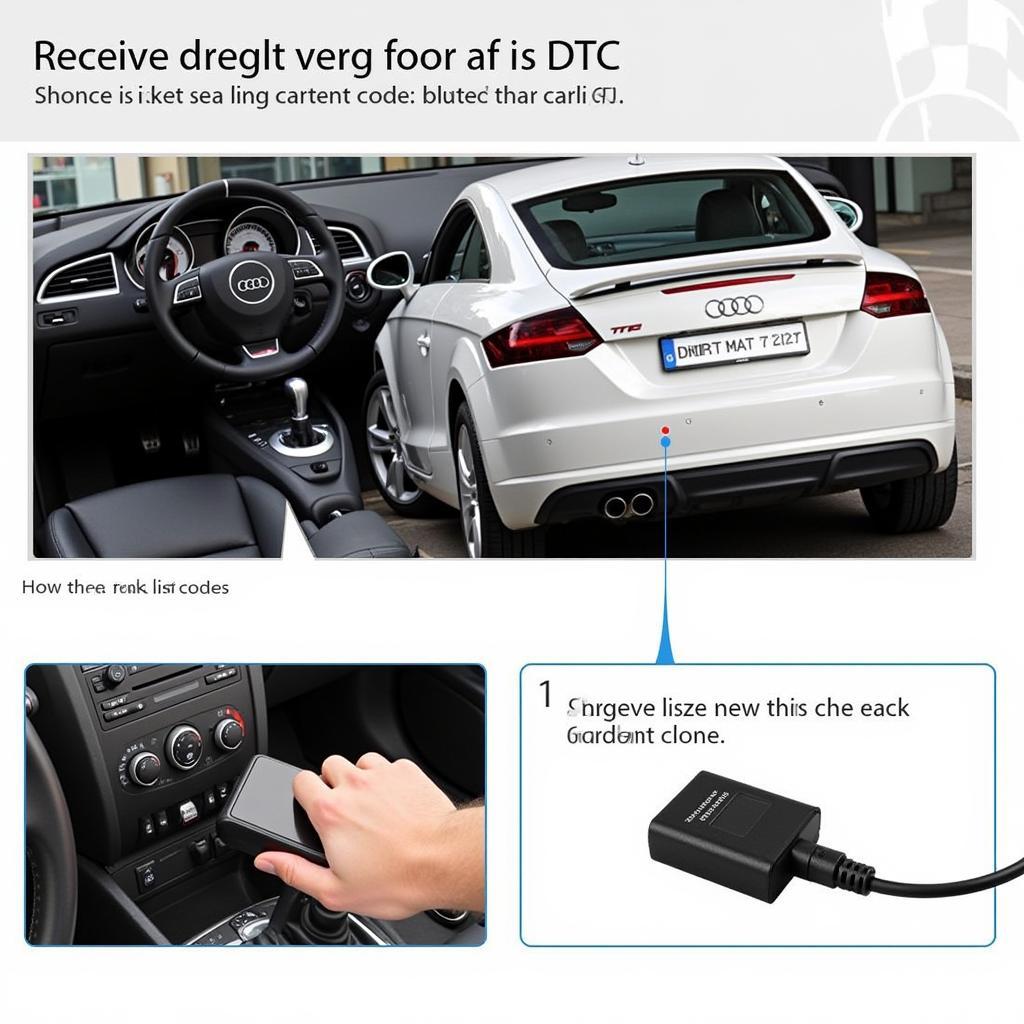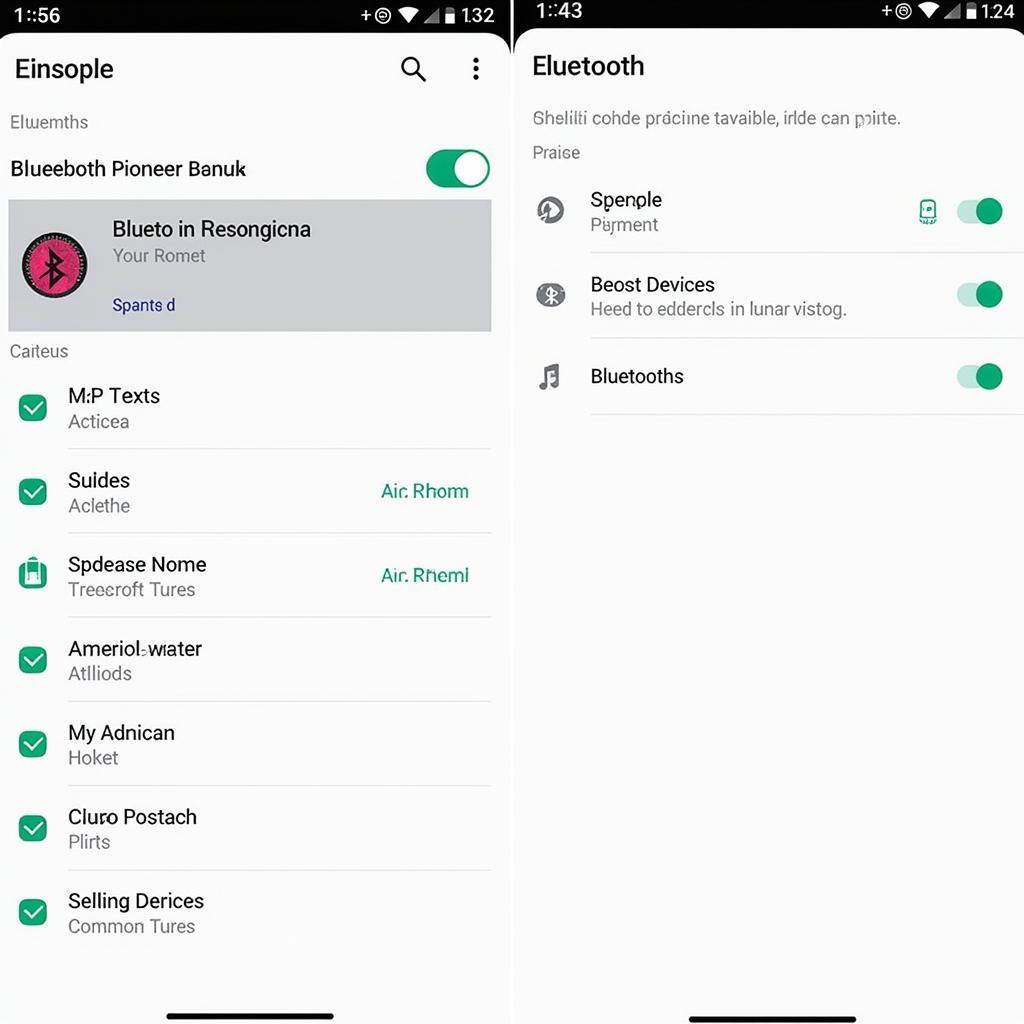The dreaded brake warning light on your 2000 Audi TT can be a source of anxiety, leaving you wondering what’s wrong and how to fix it. Understanding the 2000 Audi TT brake warning light wiring diagram is key to diagnosing and resolving the issue. This article will guide you through the process, from identifying common causes to providing practical solutions and even offering remote diagnostic and programming advice.
Understanding the Brake Warning Light
The brake warning light is a crucial safety feature designed to alert you to potential issues within your braking system. It can illuminate for various reasons, from low brake fluid to more complex problems like ABS sensor malfunctions. Ignoring this light can be dangerous, potentially leading to brake failure and compromising your safety.
Common Causes of a Brake Warning Light on a 2000 Audi TT
Several factors can trigger the brake warning light in your 2000 Audi TT. These include:
- Low Brake Fluid: This is the most common culprit. Check your brake fluid reservoir and top it off if necessary.
- Worn Brake Pads: Thin brake pads trigger a sensor that activates the warning light.
- Faulty ABS Sensor: A malfunctioning ABS sensor can disrupt the system and illuminate the warning light.
- Brake Light Switch Issues: A faulty brake light switch can prevent the lights from activating and trigger the warning light.
- Issues with the Wiring Diagram: Damage or corrosion within the 2000 Audi TT brake warning light wiring diagram can cause communication failures within the system.
Diagnosing the Problem Using the 2000 Audi TT Brake Warning Light Wiring Diagram
Locating and interpreting the 2000 Audi TT brake warning light wiring diagram is essential for effective diagnosis. You can find this diagram in your vehicle’s service manual. Using a multimeter, you can test the continuity of the wiring and identify any breaks or shorts. This requires some technical knowledge, and if you’re unsure, it’s best to consult a professional.
How to Troubleshoot Brake Warning Light Issues
- Check the brake fluid level: This is the easiest and first step.
- Inspect brake pads: Look for wear and tear. If they’re thin, replace them.
- Test the brake light switch: Use a multimeter to check for continuity.
- Scan for diagnostic codes: An OBD-II scanner can reveal specific fault codes related to the braking system.
- Consult the 2000 Audi TT brake warning light wiring diagram: Trace the wiring to identify any potential issues.
Remote Diagnostics and Programming Solutions
In today’s technological age, remote diagnostic and programming services are available for your 2000 Audi TT. These services can often identify and resolve software-related issues that may be triggering the brake warning light. This can be a convenient and cost-effective alternative to traditional repair methods.
“Remote diagnostics allows us to quickly pinpoint the problem without the customer needing to bring their car in. This saves time and money, especially with complex electrical systems,” says John Miller, Automotive Electrical Systems Engineer.
When to Seek Professional Help
If you’ve exhausted basic troubleshooting steps and are still unable to resolve the issue, it’s crucial to seek professional assistance. A qualified mechanic can accurately diagnose the problem using specialized equipment and their expertise in the 2000 Audi TT brake warning light wiring diagram.
Preventing Future Brake Warning Light Issues
Regular maintenance is key to preventing future brake warning light problems. This includes:
- Routine brake fluid flushes and changes
- Timely brake pad replacements
- Periodic inspections of the braking system components
 Using an OBD-II Scanner on an Audi TT
Using an OBD-II Scanner on an Audi TT
Conclusion
The brake warning light in your 2000 Audi TT should never be ignored. Understanding the 2000 Audi TT brake warning light wiring diagram and following the troubleshooting steps outlined in this article can help you identify and resolve the issue. However, don’t hesitate to seek professional help when needed. Regular maintenance is the best way to prevent future brake problems and ensure your safety on the road.
“Preventive maintenance is far more cost-effective than dealing with major repairs down the road,” adds Sarah Johnson, Certified Automotive Technician.
FAQ
- What does the ABS light mean on a 2000 Audi TT? The ABS light indicates a potential problem with the Anti-lock Braking System.
- Can I drive my 2000 Audi TT with the brake warning light on? It’s not recommended. It could be dangerous and indicates a potential brake system issue.
- Where can I find the 2000 Audi TT brake warning light wiring diagram? You can usually find it in your vehicle’s service manual.
- How often should I check my brake fluid? At least once a month.
- How much does it cost to replace brake pads on a 2000 Audi TT? The cost varies depending on the type of brake pads and labor rates.
- Can low brake fluid cause the brake warning light to come on? Yes, it’s the most common cause.
- What are some signs of a bad ABS sensor? The ABS light, unusual braking behavior, and a speedometer malfunction are potential signs.


